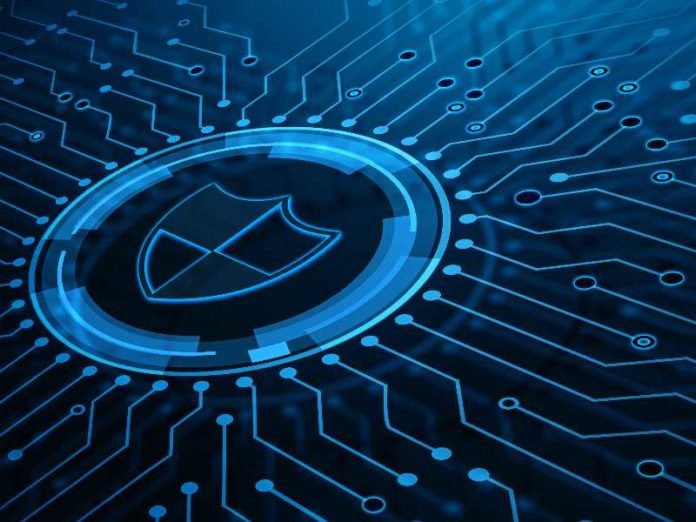
The aim is to ensure energy delivery systems are designed to survive and recover quickly from cyberattacks.
The DOE’s Office of cybersecurity, energy security and emergency response (CESER) will fund six university teams to perform cybersecurity RD&D.
The aim of the funding is to advance anomaly detection, artificial intelligence (AI) and machine learning as well as physics-based analytics to strengthen the security of next-generation energy systems.
These systems include components placed in substations to expedite cyber intrusion detection and automatically block access to control functions.
US Secretary of Energy Jennifer Granholm commented on the funding in a statement: “Investing in cutting-edge cyber security technology (…) protects America’s power grid in the face of increasing cyber threats from abroad.
“This funding will bolster our commitment to a secure and resilient clean energy future by fortifying American electricity systems and building a stronger grid.”
The universities selected for the funding include:
• Florida International University
Their project will develop AI-based detection tools and design cyber threat mitigation strategies.
• Iowa State University
Their project will enable defense-in-depth security and resilience for cyber-physical systems using AI-integrated, attack-resilient and proactive system technologies and solutions.
• New York University
Their project will develop a program called Tracking Real-time Anomalies in Power Systems (TRAPS) to detect and localise anomalies in power grid cyber-physical systems.
• Texas A&M Engineering Experiment Station
Their project will leverage AI and machine learning to develop techniques and scalable prototypes for intrusion response against advanced cyber-physical threats to power systems.
• University of Illinois at Chicago
Their project will develop a resilient, next-generation solid-state power substation, integrating cybersecurity considerations to improve adoptability.
• Virginia Polytechnic Institute and State University
The university will create a program called Cyber REsilience of SubsTations (CREST), a two-part system to detect and mitigate cyber incidents while maintaining secure communication and critical functions.
According to the DOE, protecting the security and resiliency of the US power grid is crucial to their goal of providing cleaner and cheaper power to Americans.
The proposed projects aim to develop cutting-edge cyber-physical platform tools and technologies that can detect and mitigate incidents in energy delivery systems.
The funding supports the Biden administration’s commitment to safeguarding US critical infrastructure and advancing the energy sector’s cybersecurity capabilities nationwide.